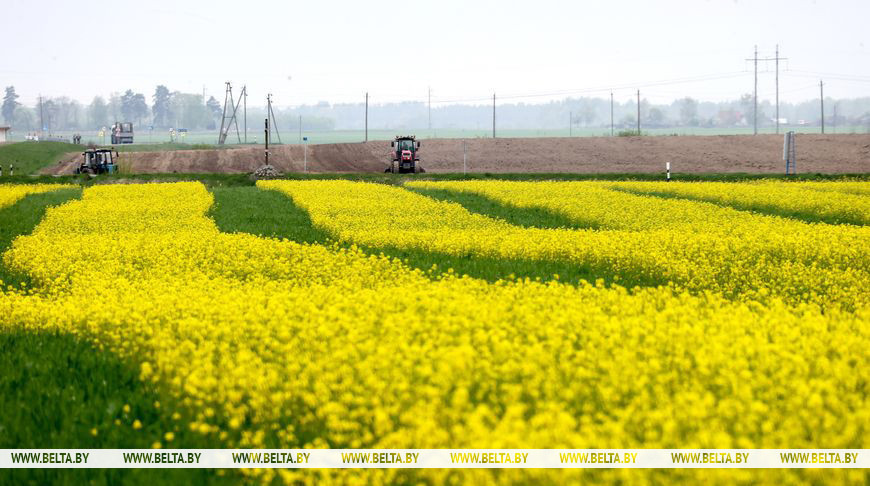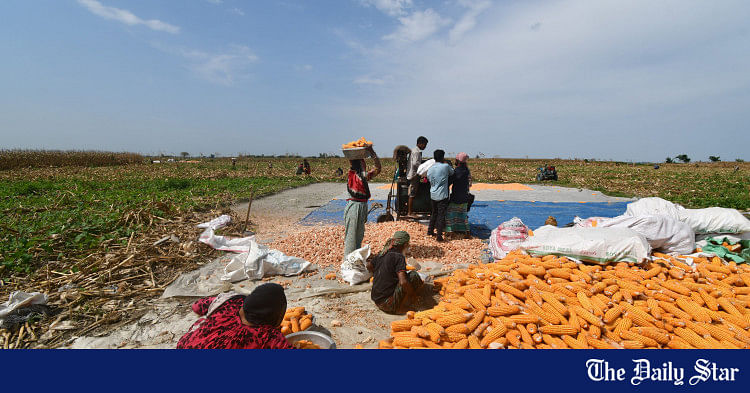



Bangladesh's reliance on US soybeans has surged dramatically, increasing from 15% to 40% since the onset of the Russia-Ukraine war in February 2022. This shift has been accompanied by a staggering 169% year-on-year growth in imports of soybean products during the fiscal year 2023-24. In the marketing year 2022-23, Bangladesh imported 3.76 million tonnes of soybean products, with 1.08 million tonnes sourced from the US, valued at approximately $302.95 million [a09ff06f]. The country's dependence on imported edible oil is significant, with 90% of the oil consumed being imported, and over 60% of that being soybean oil. Local traders have shown a preference for US soybeans due to their quality and supply assurance, which has become increasingly important in light of global supply chain disruptions [a09ff06f].
In a broader context, U.S. soybean meal exports reached a record 14.4 million metric tons (MMT) valued at $6.7 billion in marketing year (MY) 2023/24, marking a 10% increase from the previous year [c12d0b91]. Total U.S. soy exports were 60.8 MMT valued at $31.2 billion, with the Philippines being the largest buyer at 2.6 MMT, followed by Mexico and Canada with 1.9 MMT and 1.4 MMT respectively. Significant growth in demand has also been observed from Vietnam (up 110%), Venezuela (up 94%), Indonesia (up 49%), Costa Rica (up 40%), Sri Lanka (up 41%), and the EU-27 (up 37%) [c12d0b91]. This highlights the growing global demand for U.S. soybean products, as evidenced by Egypt's imports of U.S. soybeans, which have grown 43% over the past decade, valued at $845.03 million annually [c12d0b91].
In parallel, farmers in Bangladesh are preparing to plant maize for the winter, with seed sellers optimistic about an increase in acreage due to higher grain prices and the country's ongoing import dependence to cover maize shortages used by feed mills. The demand for maize in Bangladesh is around 75 lakh tonnes, but local production only meets about 50 lakh tonnes, necessitating significant imports. The Department of Agricultural Extension (DAE) aims to ensure maize cultivation on 6.23 lakh hectares for the current fiscal year, reflecting a slight increase from the previous year [8edb4c8e]. The USDA has revised its prediction for maize acreage in Bangladesh from 5.7 lakh hectares to 6 lakh hectares for the marketing year 2023-24, with a production forecast of 52 lakh tonnes [8edb4c8e]. However, the prices of maize seeds have risen due to the depreciation of the Bangladeshi taka against the US dollar [8edb4c8e].
In Belarus, spring rapeseed has been sown on 15.7% of the designated area, with early spring crops planted on 771,600 hectares, which is 32.6% of the plan. The planting of spring rapeseed, sugar beet, maize, potatoes, and vegetables is progressing, with various crops achieving different percentages of their respective targets [d04f71fe].